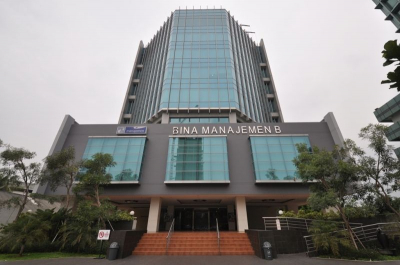A rent increase of 39.6 percent, from 252 euros to 352 euros per month. Marcel Trip of the Woonbond often sees significant rent increases. But such a big difference from one month to the next is unprecedented, he tells RTL Nieuws.
“When the income-related rent increase was introduced in 2013, 6.6 percent increase was the maximum, so these steps are extreme,” says Trip. “We have never experienced these leaps in the social sector before.”
Number of skewed residents is falling
Not all tenants are confronted with this increase. These are high-income tenants who live in social housing. The so-called skewed residents, even though the Woonbond prefers not to use that term.
“Renters have to hand in extra wages to the landlord, buyers get a higher loan with more income, subsidized by the mortgage interest deduction.”
–
–
Although this group has decreased in size to 205,000 households, the government wants this group to pay an ‘appropriate’ rent. With this rent increase, rent reductions for poor people are paid or housing associations can invest more in sustainability, is the idea.
The hope is also that higher rents will provide an incentive for skewed residents to look for a home in the free sector, although research shows that this hardly happens.
Heaviest measures so far
Politicians have been targeting skewed living for more than ten years, but from 1 July the heaviest measures that have been devised to date will take effect. Housing associations will then be given the opportunity to significantly increase the rent for skewed residents: 50 euros for high-middle incomes or even 100 euros for high-income households (from 75,396 euros) with social housing.
Previously, research by industry organization Aedes clear that six out of ten corporations do not use this measure. But the skewed residents who are confronted with the income-related rent increase sometimes see their rent rise by tens of percent, according to an inventory by the Woonbond.
–
–
The measure was announced in the coalition agreement, in combination with a rent reduction for poorer households, the so-called ‘expensive skewed tenants’, who actually pay too much rent in relation to their income.
For example, a social tenant whose rent is rising from 368 to 468 euros per month, an increase of more than 27 percent. Another housing association tenant consulted the Woonbond about a rent increase from 409 to 509 euros (plus 24 percent). According to the Woonbond, dozens of reports have been received in recent weeks from tenants who are confronted with the measure.
People in a pinch
Many social tenants in the higher price ranges, with a rent of 1000 euros or more, are also eligible for the income-related rent increase. “A further 50 or 100 euros on top of that, in addition to the rising costs for energy and groceries, puts people in a bind,” Trip says.
For private sector homes, the rent increase this year is limited to 3.3 percent. Tenants can complete a checklist on the Woonbond site to check whether their rent increase complies with the rules.
–
–


